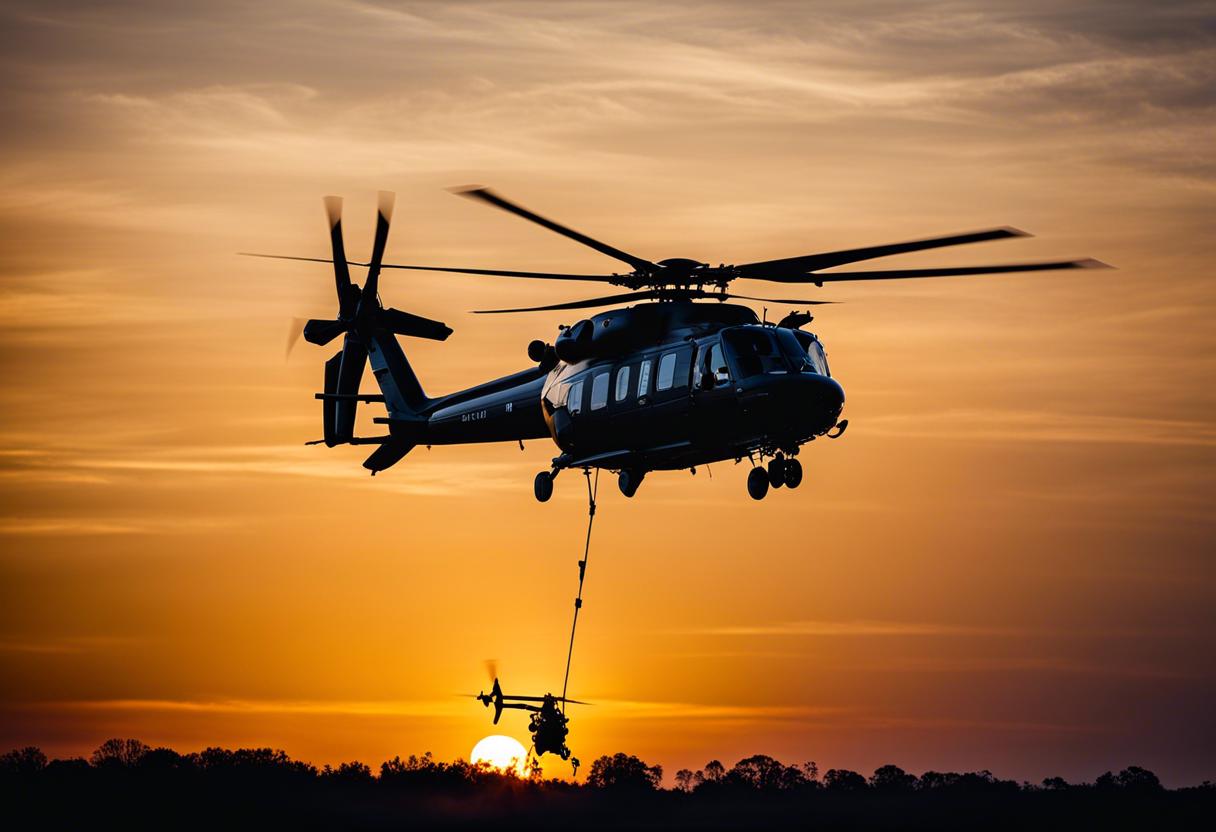According to reports from Iran’s state media, a helicopter crash in the foggy, hilly region of northwest Iran has led to the deaths of several officials, including the country’s president, Ebrahim Raisi and foreign minister. The incident came amidst an already tense environment following the recent warfare between Israel and Hamas, and an exceptional drone and missile strike by Iran against Israel prompted by Mr Raisi under the leadership of the Supreme Leader Ayatollah Ali Khamenei.
Under Raisi’s leadership, Iran moved closer to achieving weapons-grade uranium, exacerbating tensions with the West. There is also the added weight of Russia’s involvement in Ukraine with the aid of bomb-equipped drones from Iran and support for local militias throughout the region. The instance becomes more critical considering the ongoing mass demonstrations against Iran’s Shiite government due to a failing economy and issues surrounding women’s rights.
Local media have refrained from providing any immediate causes regarding the deadly crash in the province of East Azerbaijan. The deceased also included the governor of the province, other officials, and bodyguards, as reported by the state-run IRNA news agency.
On Monday, Turkish officials provided drone footage, suggesting the possible wreckage of the helicopter, signified by a fire in a remote location. Coordinates placed the site of the fire 12 miles south of the Azerbaijan-Iranian border along a steep mountain. Further footage by IRNA on Monday revealed the attractively green but rough terrain of the crash site.
Mr Khamenei asked the citizens to offer prayers on Sunday night, expressing his hope that God will return President Raisi and his cohorts safely to their people. Nonetheless, he insisted that the government would continue with its work, regardless of the circumstances.
As stated in the Iranian Constitution, the nation’s first vice-president assumes control upon Mr Khamenei’s agreement, and a fresh presidential election must be conducted within 50 days. Numerous officials and international governments have already started contacting Mohammad Mokhber, the first vice-president, amid Mr Raisi’s absence, as relayed by state media.
As a hard-liner and previous head of Iran’s judiciary, Mr Raisi was perceived as Mr Khamenei’s disciple, leading to speculations that he may succeed the octogenarian leader. In 2021, he emerged as the winner in Iran’s presidential election, which witnessed the Islamic Republic’s lowest ever voter turnout.
With Mr Raisi at the helm, Iran has almost achieved weapons-grade uranium enrichment and is obstructing international investigations. The nation is supplying arms to Russia for its Ukraine conflict, and it has also initiated a significant drone and missile offensives on Israel while engaged in war with Hamas in the Gaza Strip.
Furthermore, Iran continues to arm Middle Eastern proxy groups, such as the Houthi rebels in Yemen and Hizbullah in Lebanon. The country has endured years of widespread protests, the most recent one linked to the 2022 demise of Mahsa Amini. She was formerly arrested allegedly for failing to wear a hijab that met the authorities’ standards.
Following the protests, a severe security clampdown that lasted several months claimed over 500 lives and resulted in the detention of more than 22,000 individuals. In March, a United Nations investigative committee ruled that Iran was accountable for the “physical violence” leading to Ms Amini’s demise.

